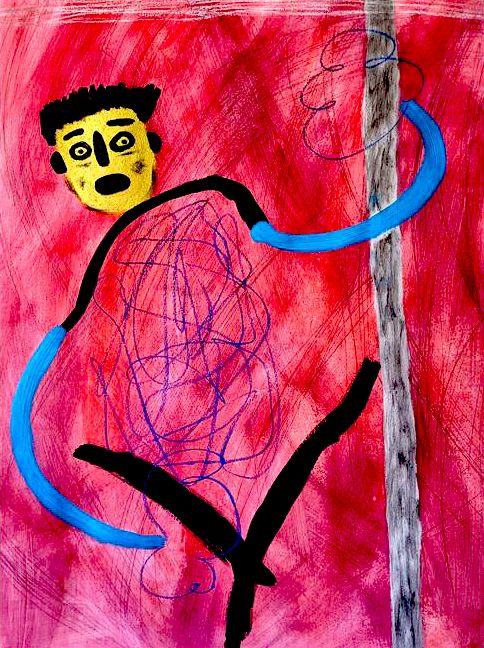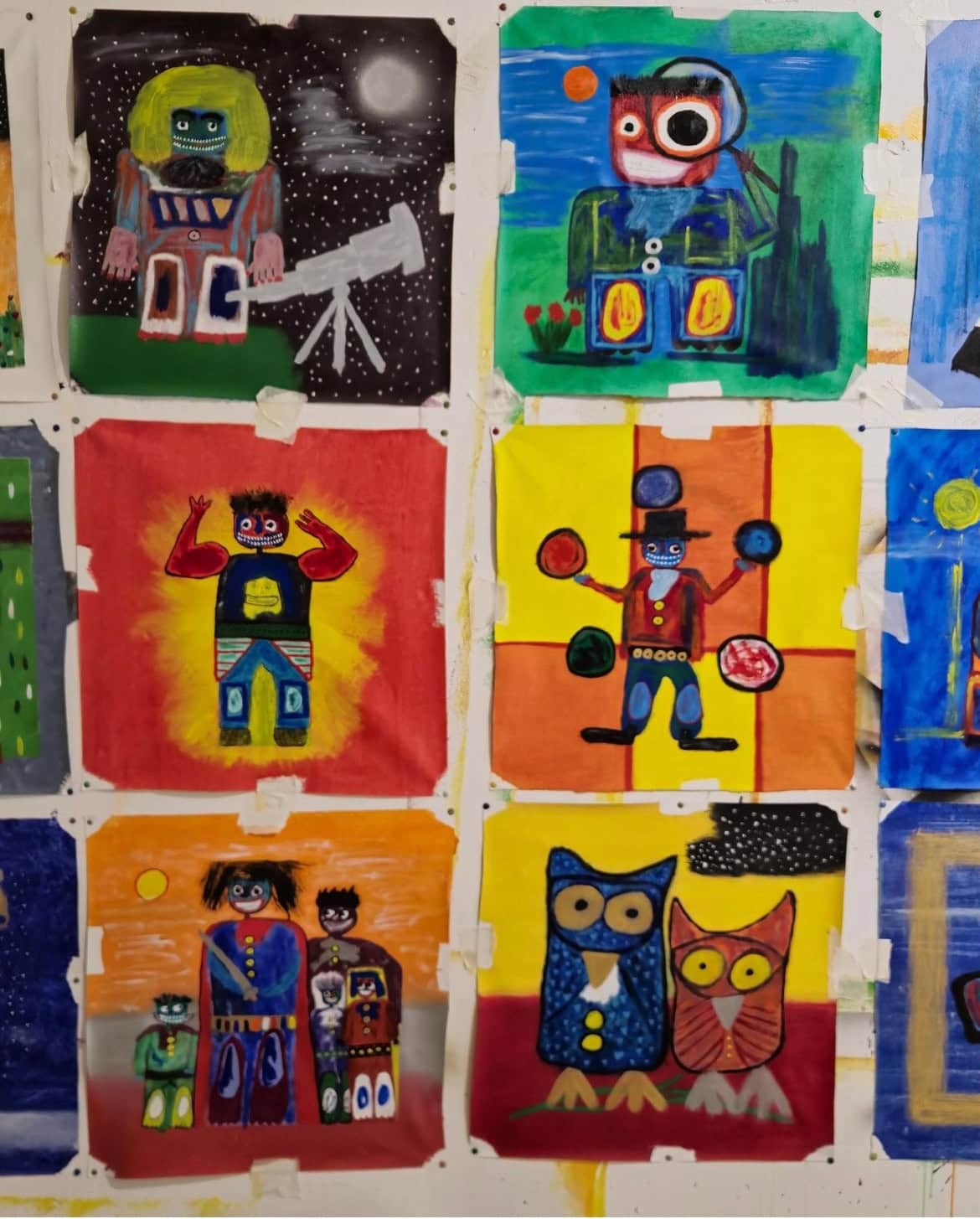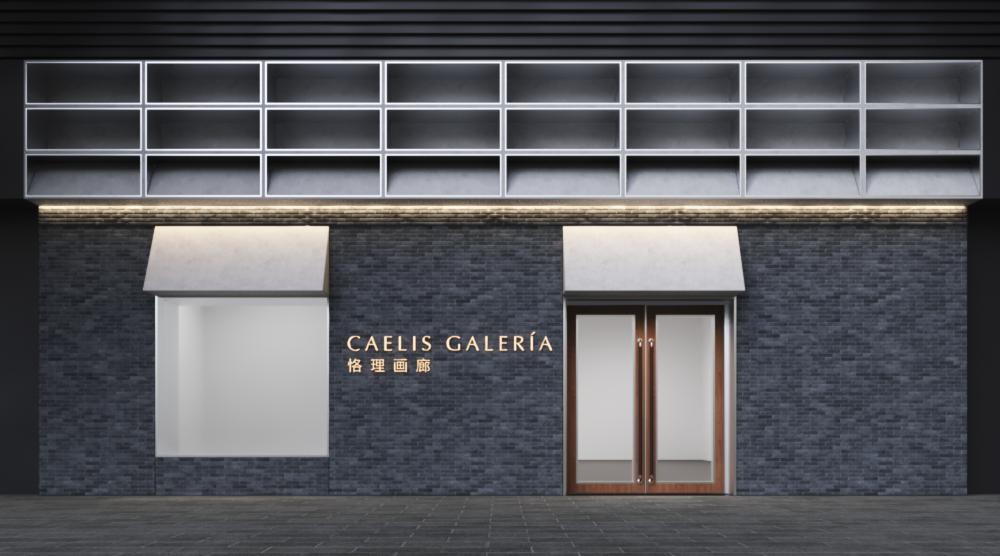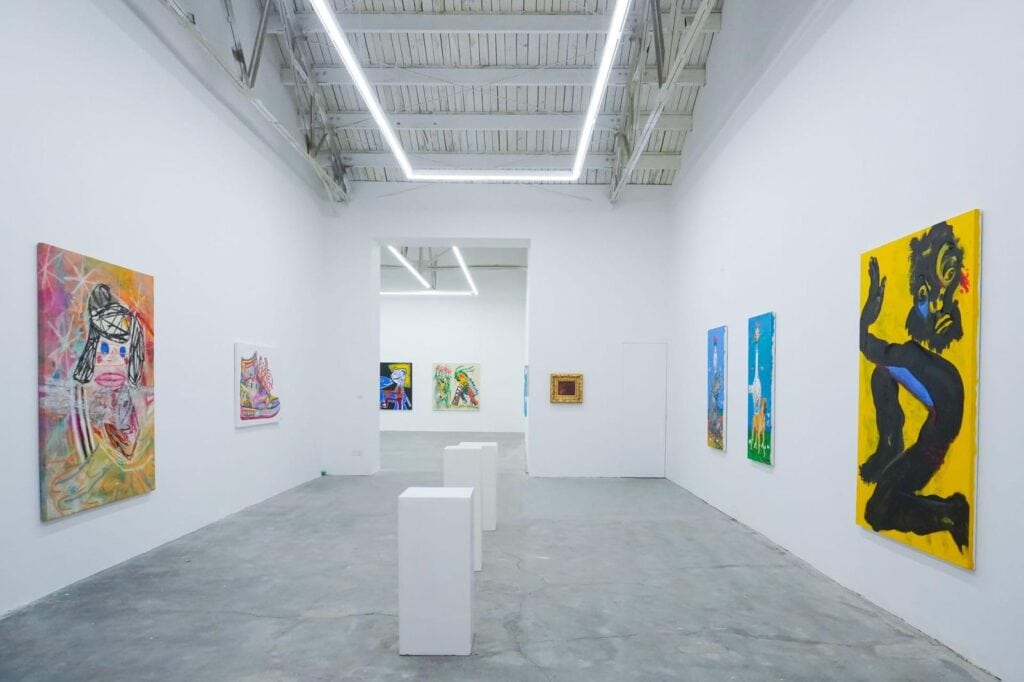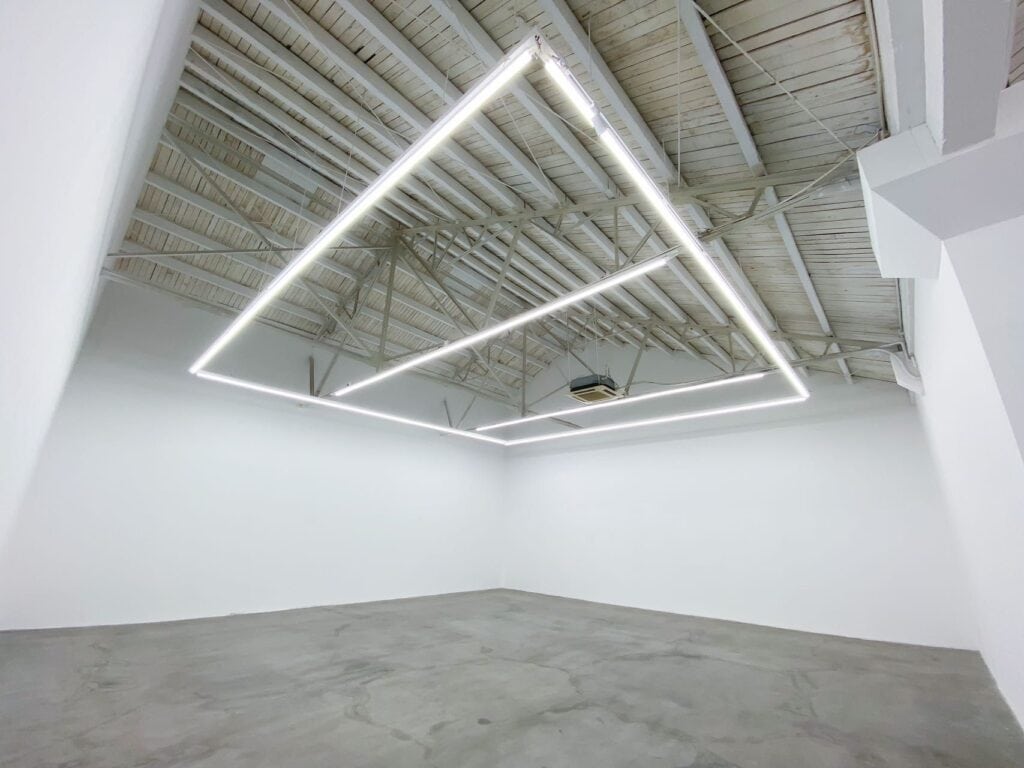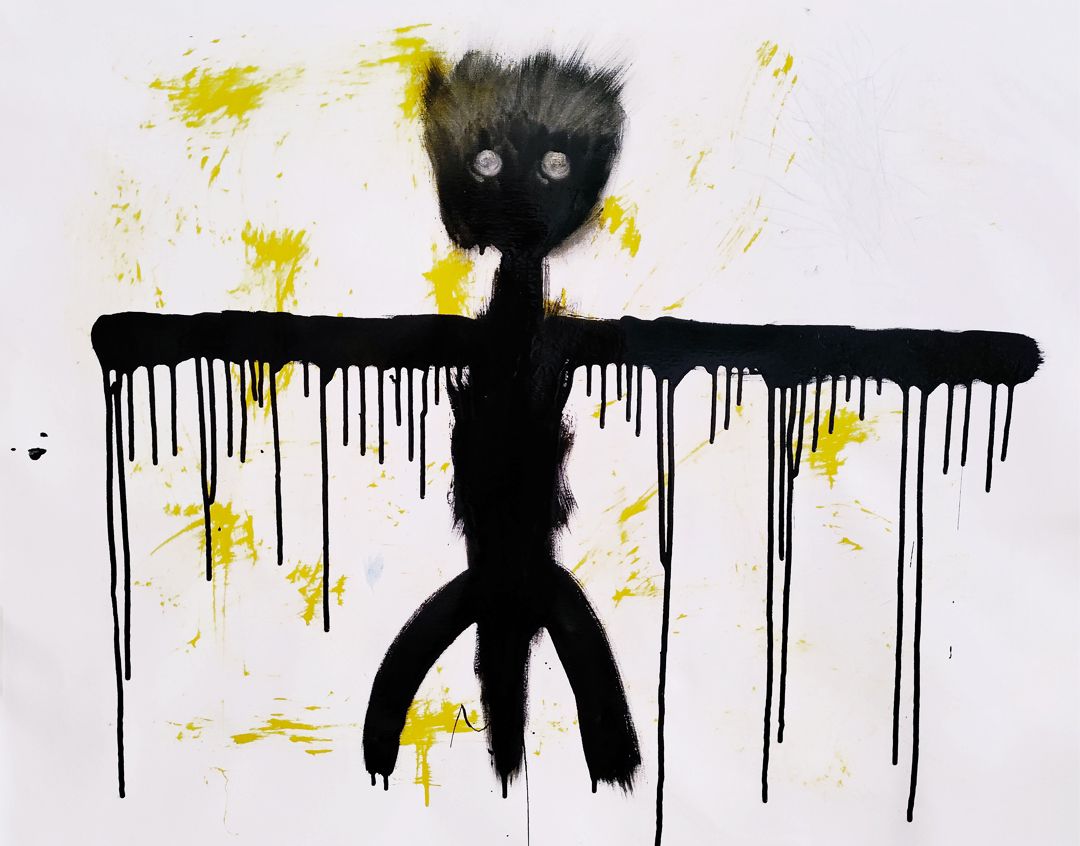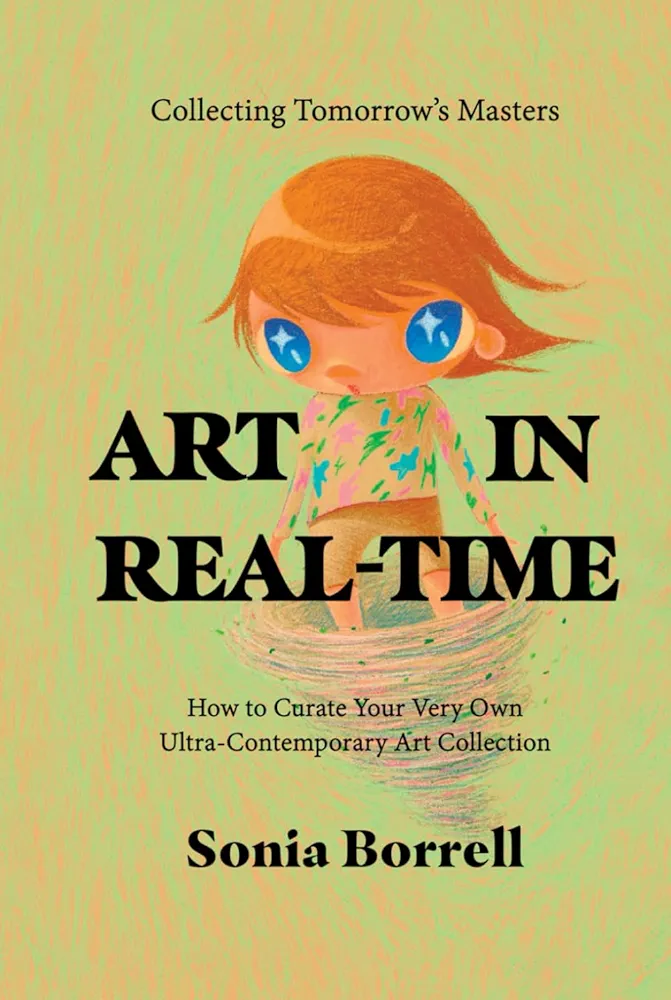I wrote my last blog post on the metro.
Still can’t believe I did. I thought I was just jotting down a couple of loose ideas—some rough, vague notions to kickstart a draft (which I’d probably rewrite later). But by the time I looked up, the full post was there, staring back at me from my phone screen. Done. Complete. Tied up in a neat little bow.
And where was I? Sandwiched between a tired businessman (you know the type: eyes glued to his phone, probably crushing spreadsheets) and a student buried under the weight of her textbooks, the pages a blur of words she’s pretending to read. All while the train jolted and screeched its way through the tunnels like it had somewhere far more important to be.
Recently, though, something strange has been happening: I’m finding my best ideas on trains.
Not in the studio, where the easels are lined up like soldiers and the canvases lie in wait, all primed and ready. Not in the quiet moments of early morning, when I’m supposed to be fresh and sharp (nope, just sleepy). But right there, amid the cacophony of station announcements and the low hum of commuters pretending not to notice each other.
Isn’t that odd?
I’m in a whirlwind period right now. You know the type: projects stacked on top of projects, meetings bleeding into one another, days that blur from dawn until I collapse back into bed. It’s not exactly conducive to creative epiphanies—or so I thought. And yet, when I’m squeezed into a seat on the metro, with strangers leaning a bit too close, my brain seems to kick into high gear.
The last blog post? I wrote it in two rounds. One on the way to a meeting (less than 20 minutes), the second on the ride back. That’s it. And not only did I get the whole post down, I also scribbled a handful of new ideas for projects that I actually like (which, if you’re a creative, you know is saying something).
It’s almost like—stay with me here—the sheer, unrelenting busyness of life right now has backed my brain into a corner. So it finds its way out through these little slivers of stolen time. When I’m on the train, the world shrinks to this tiny, confined bubble. My schedule, my deadlines, my To-Do list? They can’t fit in here. There’s only space for what’s right in front of me: the phone, my thumbs typing out sentences as fast as they can, and the ideas spilling out because, apparently, they have nowhere else to go.
It’s beautifully imperfect.
Imperfectly beautiful.
Beautifully imperfect.
Whatever you want to call it, it’s something unexpected, something that feels almost like a rebellion against the rigidity of my day. Like creativity whispering, “Oh, you’re too busy, are you? Let’s see what happens if I catch you off guard.”
And so, it happens on the train. In the chaos.
But on the metro, I’m not expected to be productive.
I’m just expected to get from Point A to Point B.
And that’s precisely when it happens.
The ideas creep in, tiptoeing like they’re afraid to get caught. They come during the jerky stops and starts, in the awkward silence that follows a missed station announcement, in the mundane choreography of people shifting to make room for each other. There’s a rhythm to it all, a kind of strange, disjointed ballet—and somewhere in that rhythm, I find words.
Or maybe the words find me.
Who knows?
The point is: my creative brain has found a way to adapt. Like water slipping through the cracks of a stone wall, it’s finding every little nook and crevice to slip into.
Because creativity, for all its elusiveness, is stubborn.
If it can’t have your long, luxurious hours of uninterrupted time, it’ll take what it can get. Ten minutes here, five minutes there, a handful of seconds somewhere in between—it doesn’t matter. It will carve out its space.
Maybe that’s the real beauty of it all. That it doesn’t need perfect conditions or ample time or the right tools. It just needs you to show up. And if you can’t show up fully? Well, then just bring whatever pieces of yourself you can muster. Even if those pieces are a bit ragged and worn from a long day (or week) of running around.
I used to think I needed a “creative routine.” Some holy grail of a schedule that would summon the muses like clockwork. But lately, I’m realizing it’s not about having a routine. It’s about being open to the unexpected, about letting creativity sneak up on you when you’re not paying attention.
The train rides remind me of that.
So maybe it’s not so strange after all. Maybe my mind is just doing what minds are supposed to do: finding a way through, even when things feel overwhelming. It’s as if it’s saying, “Fine, I’ll take your packed calendar and your endless meetings. But I’m still going to create. Even if I have to squeeze in between subway seats to do it.”
I don’t know if this phase will last. Maybe it’s a fleeting thing, like the temporary calm of a quiet train car before it fills up again. But for now, I’ll take it. I’ll take the words that come out of the noise, the ideas that emerge from the chaos.
Because right now, on those brief train rides, everything else falls away.
And I’m just there—just writing—while the world outside hurtles by.

